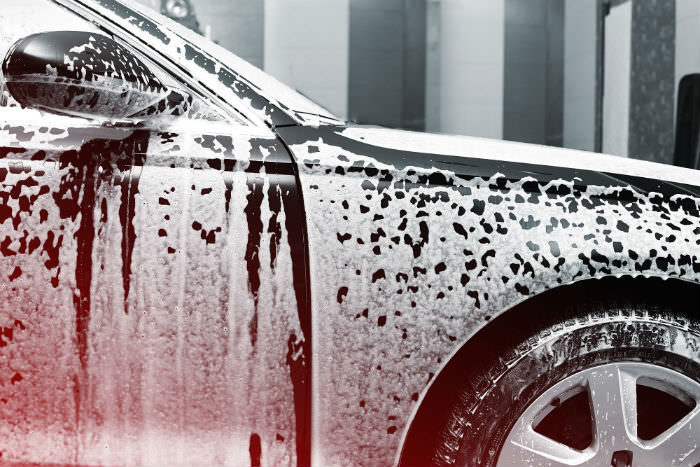Rubbing compound is a versatile product used in the automotive industry for various purposes, such as removing scratches, oxidation, and restoring the shine of a vehicle's paintwork. However, like any other chemical product, rubbing compound can potentially go bad over time. In this article, we will explore the factors that can affect the shelf life and effectiveness of rubbing compound, providing you with valuable insights to ensure optimal results when using this product.
- Understanding Rubbing Compound:
Rubbing compound, also known as cutting compound or polishing compound, is a mixture of abrasive particles, solvents, and oils. It is designed to remove imperfections from the surface of a vehicle's paint, such as swirl marks, light scratches, and oxidation. The abrasive particles in the compound work by leveling the paint surface, while the solvents and oils help in lubrication and ease of application. - Shelf Life of Rubbing Compound:
Rubbing compound typically comes with an expiration date or a recommended shelf life. However, it is important to note that the shelf life can vary depending on the brand, formulation, and storage conditions. Generally, unopened rubbing compound stored in a cool, dry place can last for several years. However, once opened, the exposure to air and contaminants can accelerate the degradation process. - Signs of Expired Rubbing Compound:
Expired rubbing compound may exhibit several signs that indicate its diminished effectiveness. These signs include:
a. Separation: If the compound appears to have separated into layers or has a watery consistency, it may indicate that the solvents and oils have evaporated or degraded, rendering the compound less effective.
b. Change in Smell: Rubbing compound that has gone bad may emit a foul or rancid odor. This change in smell can be an indication of chemical breakdown or contamination.
c. Texture and Consistency: Expired rubbing compound may become clumpy, gritty, or excessively thick. These changes in texture can affect its ability to spread evenly and achieve the desired results.
- Factors Affecting Shelf Life:
Several factors can influence the shelf life of rubbing compound:
a. Exposure to Air and Moisture: Once opened, the exposure to air and moisture can lead to oxidation and evaporation of solvents, reducing the effectiveness of the compound.
b. Contamination: Introduction of foreign particles, such as dust, dirt, or other chemicals, can contaminate the rubbing compound and compromise its performance.
c. Temperature and Storage Conditions: Extreme temperatures, both hot and cold, can accelerate the degradation process of rubbing compound. It is best to store it in a cool, dry place away from direct sunlight.
- Ensuring Optimal Performance:
To ensure the rubbing compound remains effective for as long as possible, consider the following tips:
a. Proper Storage: Always store the rubbing compound in its original container with the lid tightly sealed. Keep it in a cool, dry place, away from direct sunlight and extreme temperatures.
b. Avoid Contamination: Prevent contamination by using clean applicators and avoiding contact with foreign substances during application.
c. Regular Inspection: Before using rubbing compound, inspect it for any signs of separation, change in smell, or texture. If any of these signs are present, it is advisable to replace the product.
Conclusion:
Rubbing compound can go bad over time, affecting its effectiveness in restoring the shine and removing imperfections from a vehicle's paintwork. By understanding the factors that can influence its shelf life and following proper storage and usage practices, you can ensure optimal performance and achieve the desired results when using rubbing compound. Regular inspection and replacement of expired products are essential to maintain the quality of your automotive care routine.

